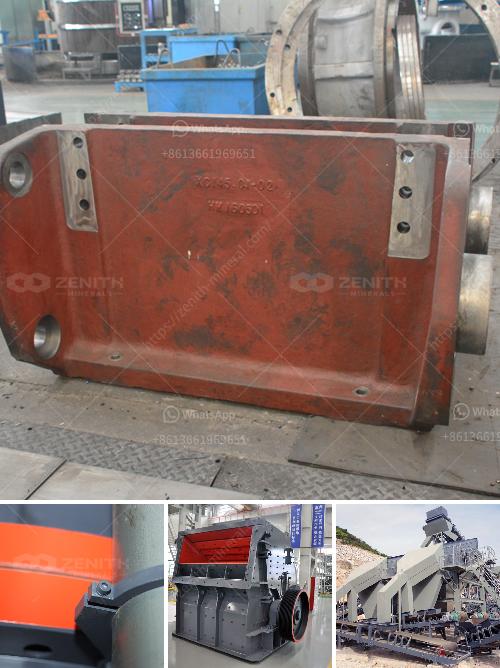Sure, here's a brief overview of a 50 tonnes per hour (TPH) alluvial gold mining process:
1. Site Preparation
- Survey and Sampling: Begin with a detailed survey and sampling of the site to determine the presence and concentration of gold.
- Clearing Land: Clear any vegetation or obstacles to facilitate ease of operations.
2. Excavation
- Excavators/Backhoes: Use excavators or backhoes to dig through the alluvial deposit and extract the gold-bearing material.
- Trucks/Conveyor Belts: Transport the mined material to the processing plant using trucks or conveyor belts.
3. Scrubbing & Screening
- Trommel/Rotary Scrubber: Feed the material into a trommel or rotary scrubber to remove larger rocks and break down the soil.
- Screening: Use vibrating screens to classify the material into different size fractions, usually separating out larger rocks and fine material.
4. Gravity Separation
- Jig Machine: The classified material is processed through a jig machine to concentrate the heavier gold particles.
- Shaking Tables or Sluice Boxes: Concentrate the gold further using shaking tables or sluice boxes. These systems separate gold based on its higher specific gravity compared to other materials.
5. Tailings Management
- Tailings Pond: Manage the waste material (tailings) by directing it to a tailings pond or containment area to prevent environmental contamination.
6. Gold Recovery
- Fine Gold Recovery: Use centrifugal concentrators or other fine gold recovery systems to capture any remaining gold.
- Amalgamation/Leaching: Depending on the site and regulations, you may use amalgamation (with mercury) or leaching (usually with cyanide) to recover fine gold from concentrates.
7. Smelting
- Melting: Once you have a concentrate, melt the gold in a furnace to obtain a final, pure gold bar.
8. Environmental Compliance
- Reclamation: Ongoing reclamation activities to restore the land post-mining.
- Water Treatment: Treat any water used in the process before discharge to ensure it meets environmental standards.
9. Safety and Monitoring
- Safety Protocols: Ensure compliance with all safety protocols to protect workers.
- Monitoring Systems: Implement monitoring systems to continuously improve efficiency and minimize environmental impact.
Each of these steps would involve sophisticated machinery and experienced operators to ensure efficient and environmentally responsible mining.

